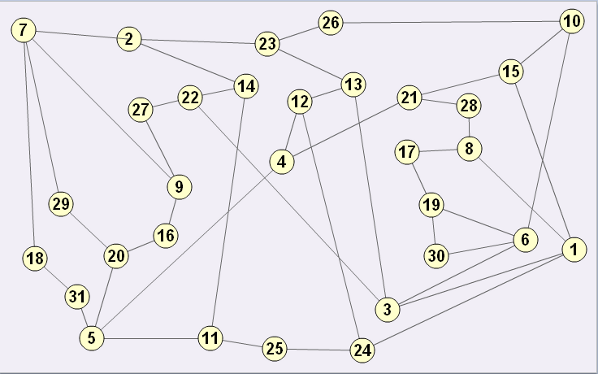Or search by topic
Number and algebra
Geometry and measure
Probability and statistics
Working mathematically
Advanced mathematics
For younger learners
Sticky Numbers



- Problem
- Getting Started
- Student Solutions
- Teachers' Resources
Why do this problem?
This problem requires some knowledge of square numbers, but more importantly requires students to think strategically and provide convincing arguments and justifications for their findings
Possible approach
Introduce the problem using the example $10, 15, 21, 4, 5$, explaining that this list of numbers is special because each pair of adjacent numbers add up to make a square number.
Set them the challenge to produce a similar list using all the numbers from $1$ to $17$. Hand out sets of these cards and ask students to work in pairs on this challenge.
After the class have had a few minutes to work on this, add that you would like to know all the possible different ways of making such a list. Challenge them to produce a convincing argument that they have found all the possibilities.
Finally, ask students to present their solutions and justifications to the rest of the class.
An alternative starting point for this lesson could be to ask for 17 volunteers to stand at the front holding one of these cards. With help from the rest of the class, ask them to arrange themselves to satisfy the criteria above. Once they have found a solution, ask them to work in pairs as outlined above to find all the possible arrangements and
justify that they have the complete set.
Key questions
Possible support
Students could make a table listing the numbers which can be paired with each of the numbers from $1$ to $17$ to make a square total.
Possible extension
This graph has the numbers from $1$ to $31$ at its vertices. Each edge connects two numbers which add together to make a square number.
Can you use the graph to produce a list of all the numbers from $1$ to $31$ so that pairs of adjacent numbers add up to a square number? Is there more than one way to do it?

Can you find any other numbers $n$ less than $31$ so that all the numbers from $1$ to $n$ can be written in a list in this way? How does the graph help you? Here is a printable version of the graph.
You may also like
Time of Birth
A woman was born in a year that was a square number, lived a square number of years and died in a year that was also a square number. When was she born?
Square Routes
How many four digit square numbers are composed of even numerals? What four digit square numbers can be reversed and become the square of another number?

